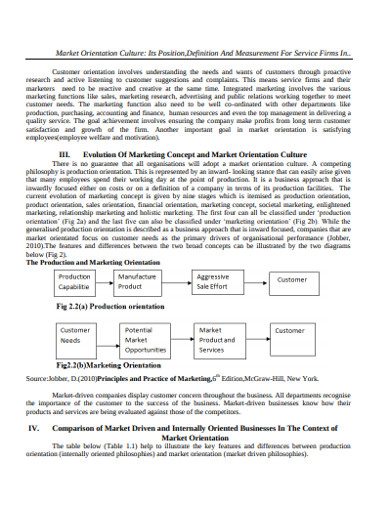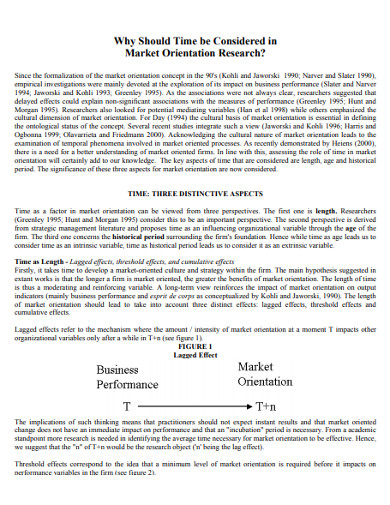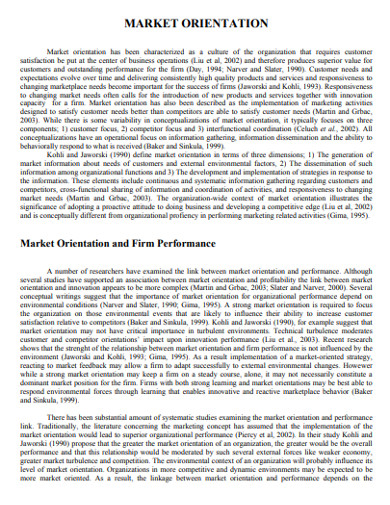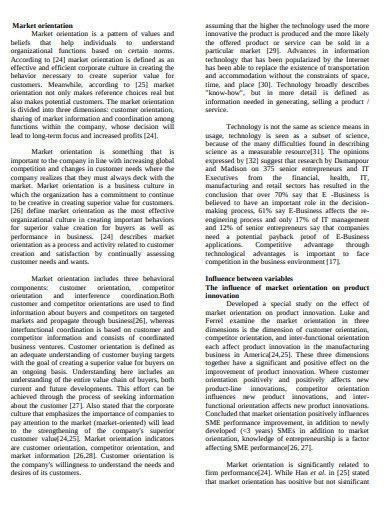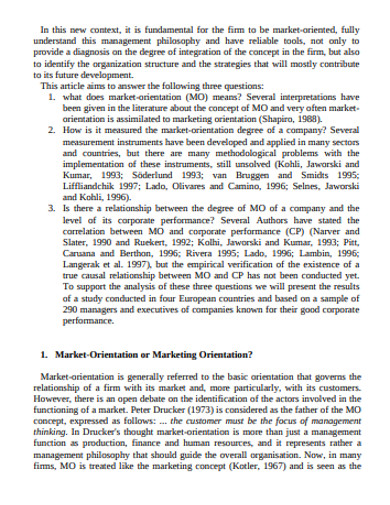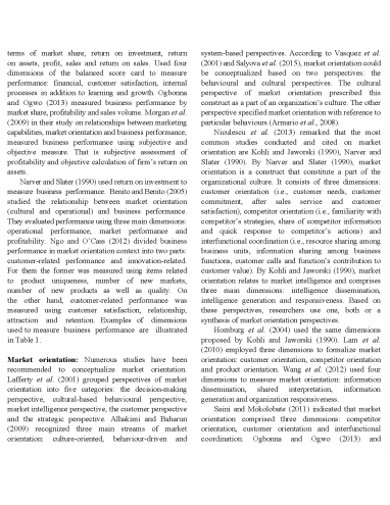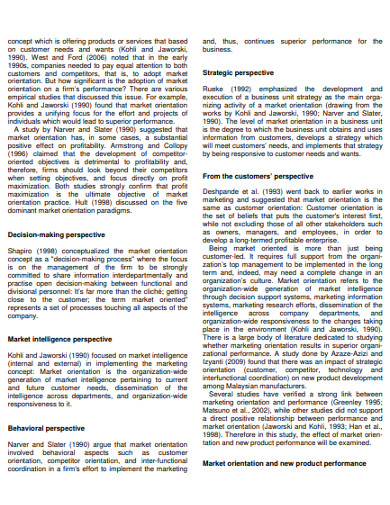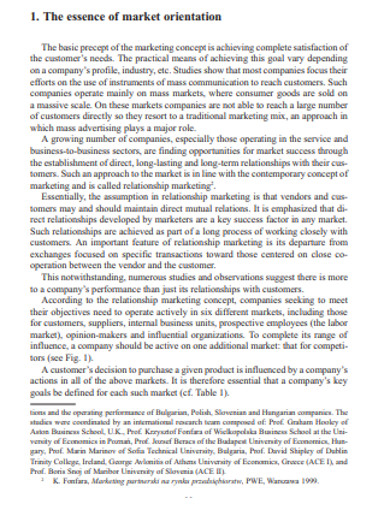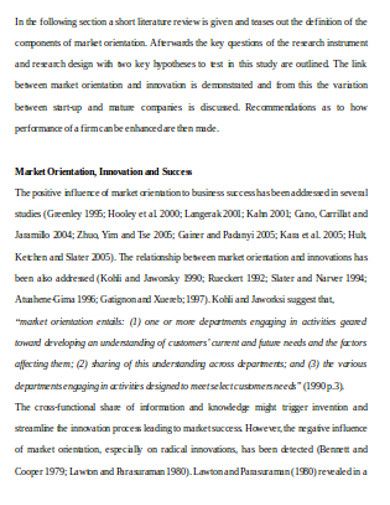10+ Market Orientation Examples to Download
These days, we are witnessing big companies acquiring smaller companies as part of their corporate goals. One of these giant companies is Coca Cola. It acquired brands such as Minute Maid, Smartwater, Dasani, Honest Tea, Simply Orange, Odwalla, and Vitaminwater. The question is, why did the company acquire these businesses? It is because of its attempt to apply the market orientation approach.
What is Market Orientation?
Unlike product orientation, market orientation is a business strategy where the company focuses on the needs and wants of the consumers and make a product or service to fulfill it. Successful companies usually use this concept to stay competitive. One of the advantages of using this type of strategy is it can increase customer satisfaction. Customer satisfaction is one of the most critical factors that a business must focus on gaining the customers’ trust. This approach also allows the customers to raise their concerns about the services or products which, as a business owner, will let you address the customers’ issues. This process promotes brand loyalty and good word-of-mouth advertising.
By contrast, product orientation, by definition, focus primarily on the company’s products. Meaning, the company focuses on producing high-quality products and price them accordingly for the consumers to purchase these items. However, using this theory alone can be dangerous to your firm. Product and market orientation must come together to address the customers’ desires and produce a profitable product at the same time. To do it, you will need market research, market testing, and customer focus, which are the tools required for marketing orientation. You will also need product research, product testing, and product focus, which are the tools for product orientation.
Market Orientation Application
As the nature of this approach, you will be able to know what the customers need and want. With this approach, you can quickly sort and decide whether your product requires an upgrade or you can launch a new product. This approach may complement the marketing strategy of your company. However, you should also know that the options that market orientation can give do not stop there.
As we have mentioned earlier, Coca Cola acquired many companies as part of their market orientation, but why didn’t they produce another product as an improvement of their service? Well, they did. They launched new flavors such as wild strawberry and lime. The thing is that it is not really the pressing concern raised by its consumers. People are starting to become health-conscious, and that’s the issue with their products. To address the problem, the company acquired companies that can solve the issue.
10+ Market Orientation Examples
For you to understand better the market orientation, we collated a list of examples that you can use as a reference if you are planning to apply this type of philosophy to your company. Go over the following items and download them in PDF form and other formats!
1. Market Orientation Culture Example
2. Market Orientation Research Example
3. Market Orientation and Firm Performance Example
4. Political Market Orientation Example
5. Sample Market Orientation Example
6. Corporate Market Orientation Example
7. Formal Market Orientation Example
8. Business Market Orientation Example
9. Market New Product Orientation Example
10. Market Orientation Evaluation Example
11. Market Orientation in DOC
Market Orientation Process
In order to transform your company into a market-oriented company, you will need to implement the following steps.
1. Initiation
Identify the threat to the business that requires an action. For example, your company has failed to hit the necessary amount of sales for a specific quarter. After that, you need to identify the steps that you need to carry out for the change method.
2. Reconstruction
Present the orientation plan to all the employees concurrently. The program must have a description of the cultural values, which your company will use as a guide in maintaining the behavior of the people and the specific changes that need to execute. In this step, if individual employees are not willing to seize the planned changes, you must replace them with new employees that are willing to embrace the changes. Once everyone agrees to the change, develop a strategy to meet the requirements.
3. Institutionalization
If you have reached this stage, it means that you have fully merged the market-oriented culture to your company. In this stage, you will see changes in business performance. Reward your employees for this achievement. Since they have agreed to the cultural change, you should include everyone in the company for the decision-making process. Remember that the more ideas that the team contributes, the bigger the chance to solve every problem effectively.
4. Maintenance
In this stage, as part of the market management orientation, your goal should be to keep your business market orientation approach intact and loophole-free. If you need new employees for your company, you must carefully filter the applicants and choose the ones that will fit the restructured organization. Implement activities that will remind the organization’s process of cultural change. Consistency is the key.
The transition of your business to become a market-oriented company can be tedious as it involves critical processes that may affect the entirety of the business. That is why it is crucial to plan it out and implement it carefully. The result will be worth it.



